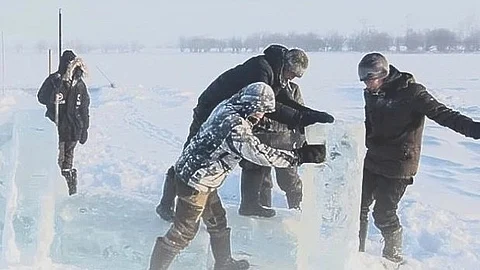

Scientists are sounding a grave warning about the hazardous threat posed by dormant viruses lying beneath the Arctic permafrost and other regions. The melting permafrost in the Arctic, driven by escalating temperatures due to global warming, could unleash 'zombie viruses' that have been dormant for an astonishing 48,500 years. This discovery raises concerns about the potential global health crisis, as these ancient viruses demonstrate the alarming ability to infect cells, highlighting the urgency of understanding and addressing this emerging risk.
Geneticist Jean-Michel Claverie and virologist Marion Koopmans express deep concerns about the overlooked risks within the permafrost, emphasizing the potential for ancient viruses to initiate new disease outbreaks. Despite spending millennia in permafrost, these 'zombie viruses' are not only remarkably preserved but also capable of infecting cells, raising fears of an unknown health threat.
The permafrost, covering a significant portion of the Northern Hemisphere, is acting as a time capsule, preserving not only the remains of extinct creatures but also ancient viruses. The revival of some of these viruses from Siberian permafrost samples, dating back an astonishing 48,500 years, underscores the urgency of understanding the potential risks associated with the melting Arctic permafrost.
As the region experiences rapid warming, surpassing the average global warming rate, the thawing of previously frozen ice becomes more pronounced. Virologist Marion Koopmans warns of the permafrost's unknown risks, citing the potential for these viruses to cause diseases, possibly even an ancient form of polio.
The situation highlights the importance of increased awareness, research, and global collaboration to address the evolving risks associated with the melting Arctic permafrost and the emergence of 'zombie viruses,' now revived after an unprecedented 48,500 years.